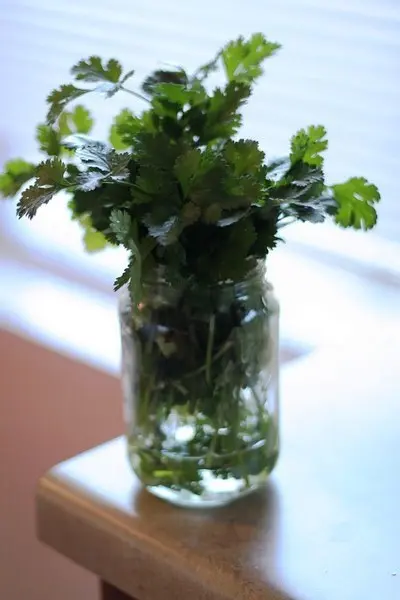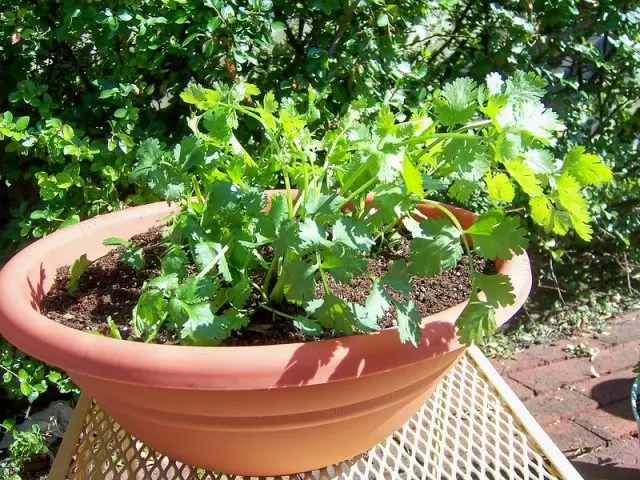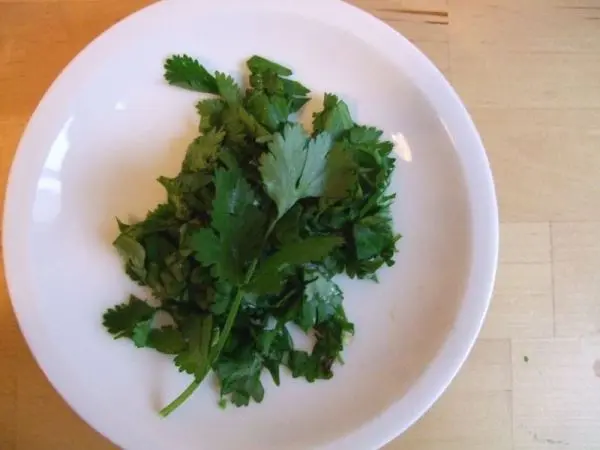Cilantro, also known as coriander in many parts of the world, is a popular herb with a unique flavor that enhances a wide range of dishes. Whether you’re a seasoned gardener or a novice with a green thumb, growing cilantro from store-bought cilantro is an economical and rewarding way to ensure a steady supply of this versatile herb. In this article, we’ll explore the steps to successfully grow cilantro from store-bought cilantro, from selecting the right cilantro bunch to nurturing your plants to harvest.
Choosing the Right Cilantro Bunch
Before you can start growing cilantro from store-bought cilantro, it’s essential to select a healthy and vibrant cilantro bunch. Here are some tips to help you make the right choice:
- Inspect the leaves: Look for cilantro bunches with fresh, green leaves. Avoid cilantro with yellowing or wilted leaves, as they may be less likely to thrive when replanted.
- Check the roots: Although you won’t see the roots when buying cilantro from the store, it’s a good practice to choose bunches with intact roots. This indicates that the cilantro has been recently harvested and is more likely to root successfully.
- Smell the cilantro: Give the bunch a gentle sniff. It should have a pleasant, fresh aroma. A strong, pungent odor may indicate that the cilantro is past its prime and less likely to thrive when replanted.
Once you’ve picked the best cilantro bunch, it’s time to prepare it for the growing process.

Preparing the Cilantro for Planting
To prepare your store-bought cilantro for planting, follow these steps:
- Trim the stems: Using a clean pair of scissors or gardening shears, trim the stems of the cilantro bunch to about 2 inches in length. This will encourage new growth and make it easier to handle.
- Remove lower leaves: Carefully remove any lower leaves from the stems, leaving just a few leaves at the top. This will help reduce moisture loss and promote root development.
- Immerse in water: Place the trimmed cilantro stems in a glass of water, ensuring that the cut ends are submerged. Change the water every couple of days to keep it fresh and free from any potential mold or bacteria.
- Root development: Over the next 1-2 weeks, you should start to see roots forming from the submerged stems. This is a sign that your cilantro is ready for transplanting.

Transplanting the Cilantro
Once your store-bought cilantro has developed roots, it’s time to transplant it into soil. Here’s how to do it:
- Select a container: Choose a container with good drainage to prevent waterlogged soil, as cilantro doesn’t like to sit in water. You can use pots or even a windowsill planter with multiple compartments.
- Prepare the soil: Cilantro prefers well-draining soil with a slightly acidic pH. You can use a high-quality potting mix or create a mix of equal parts potting soil and perlite or sand to improve drainage.
- Plant the cilantro: Make small holes in the soil with your finger or a stick, about 2-3 inches apart. Gently place the cilantro stems with roots into the holes and cover them with soil, ensuring the top leaves are above the surface.
- Water thoroughly: After transplanting, give your cilantro plants a good watering to settle the soil and provide moisture for the roots. Water consistently, keeping the soil evenly moist but not waterlogged.
Caring for Your Cilantro
Now that your cilantro is planted, it’s important to provide proper care to ensure healthy growth:
- Sunlight: Cilantro thrives in partial to full sunlight. Place your container in a location where it receives at least 4-6 hours of sunlight each day.
- Watering: Water your cilantro regularly, but be mindful not to overwater. Allow the top inch of soil to dry out between waterings. Watering in the morning is generally best, as it allows the soil to dry during the day and reduces the risk of fungal diseases.
- Fertilization: Cilantro is a light feeder, so you don’t need to fertilize it too often. Use a balanced, all-purpose fertilizer at half-strength every 4-6 weeks during the growing season.
- Pruning: As your cilantro plants grow, you can encourage bushier growth by periodically snipping the tips of the stems. This will also prevent the plant from bolting (going to seed) too soon.
- Protection from pests: Keep an eye out for common pests like aphids and spider mites, which can affect cilantro. Use organic pest control methods or neem oil if necessary.

Harvesting Your Homegrown Cilantro
Cilantro is typically ready for harvest about 3-4 weeks after transplanting. You can begin harvesting the leaves once they reach a size of about 3-6 inches. Here’s how to do it:
- Use clean scissors or gardening shears: Snip the leaves and stems just above a leaf node, which is where new growth is likely to emerge.
- Avoid taking more than one-third of the plant at once: To ensure your cilantro continues to grow, avoid harvesting more than one-third of the plant at any given time.
- Harvest often: Regular harvesting will encourage your cilantro to produce more leaves, extending your harvest period.
- Don’t forget the seeds: Cilantro seeds, also known as coriander seeds, are edible and can be collected once the plant bolts. Allow some of your cilantro plants to flower and go to seed for a future cilantro crop.
By following these steps, you can successfully grow cilantro from store-bought cilantro and enjoy a continuous supply of fresh, flavorful herbs for your culinary creations. With a little patience and care, you’ll have a thriving cilantro garden right at your fingertips. Happy gardening!
MORE POSTS:
